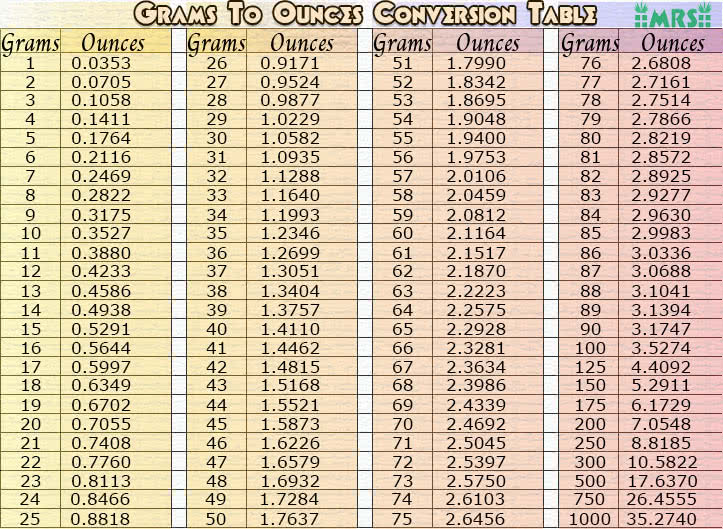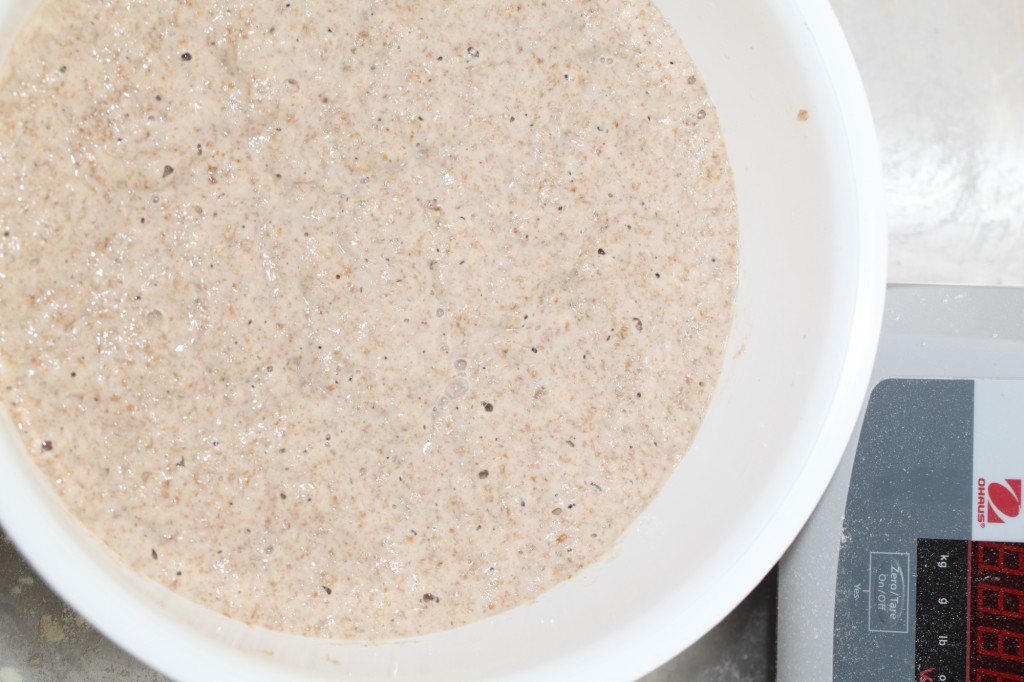
So to compensate, you would need to add 333g of water (give or take there’s no need to measure to the decimal level with grams) If you accidentally added 500g of flour, you just need to solve for the amount of water. Let’s say you want your bread to have a 66% hydration level. I think I’ll just use this picture from now on to warn readers that bread math is coming up. And even better, it’s a snap to compensate for the mistake using a simple equation. With a scale, if you’ve been zeroing out between each ingredient, then you know exactly how much you added.
#GRAMS TO BAKERS PERCENTAGES CALCULATOR HOW TO#
How would you know how much water or flour you had added? You could try to scoop out some of the extra, but you still don’t really know how to fix it for certain. You can pour too much of this or that, and if you were using volume measurements, you would be stuck. Sometimes, when you measure out ingredients by weight into the same bowl, accidents can happen. I REPEAT: IF YOU MAKE A MISTAKE, IT IS EASY TO CORRECT. Volume measurements are easy to double or triple, but if you want to make a single loaf slightly bigger, you are out of luck.Ģ) If you make a mistake, it is easy to correct. What is so awesome about baker’s percentages?ġ) If you know the hydration of the dough you want, it is easy to scale up or down depending on the number of loaves or the size loaves you want to make. A low hydration dough is easier to handle than a high hydration dough. Hydration can affect the pliability of your dough and how easily you are able to handle the gluten strands to shape the bread into a nice shape for baking. My usual go-to bread, that I can make with my eyes closed, calls for 375g of flour and 250g of water. So for every 100g of flour, for example, your recipe might call for 66-100g of water. Workable hydration levels for bread fall between about 66% and 100% hydration. The hydration level tells you the percentage of water in relation to the flour. In a baker’s ratio, the flour is always the 1 in the ratio. It also depends on the type of flour you want to use (more on that in a second).

It depends on what type of bread you want to make. But we might be getting ahead of ourselves.įirst, what is a good ratio of flour to water? Having a kitchen scale also makes calculating hydration easy. Just zero out your scale after each ingredient. You only have one unit of measurement, grams or ounces (whichever you prefer), instead of having to convert spoons to cups, or milliliters, or fluid ounces. When you measure it by weight, however, it is always the exact amount regardless of these interfering factors.Īlso, measuring ingredients by weight means you can measure everything into one bowl, instead of getting every spoon and cup in your drawer dirty.

How you scoop the flour, whether you sift it first, the humidity in the air, etc. When you measure flour by volume, so many things can throw off an accurate measurement. Because you can measure ingredients more accurately with a scale, measuring them by weight, than you can by measuring their volume.


 0 kommentar(er)
0 kommentar(er)
